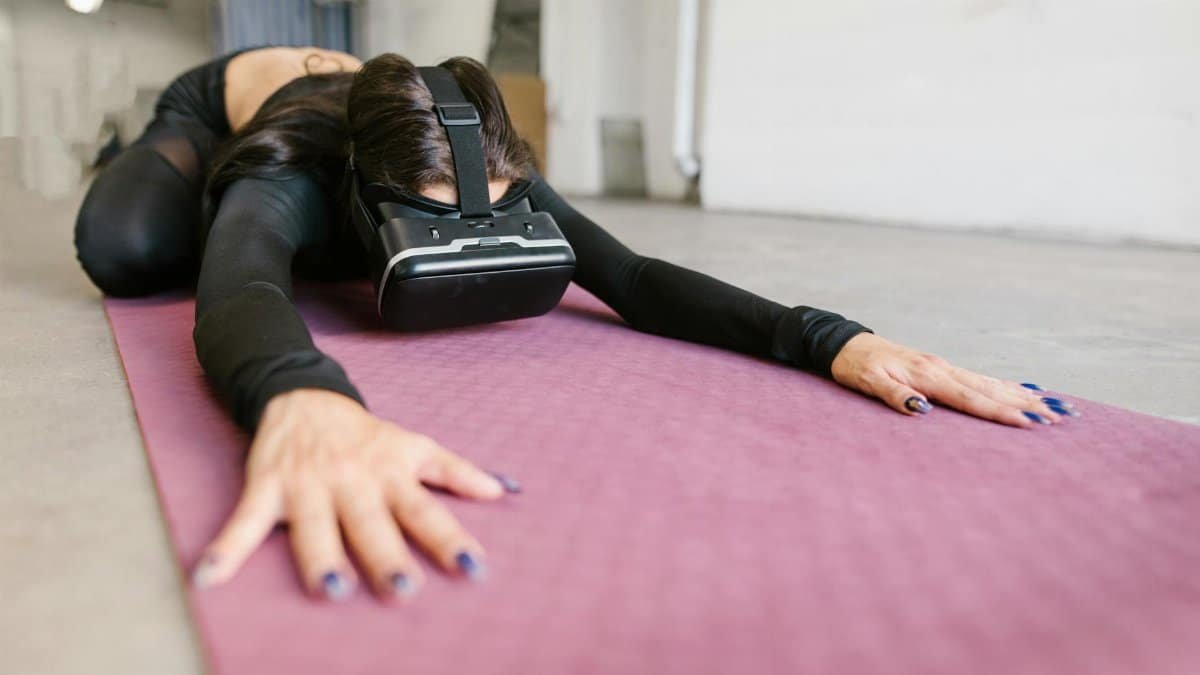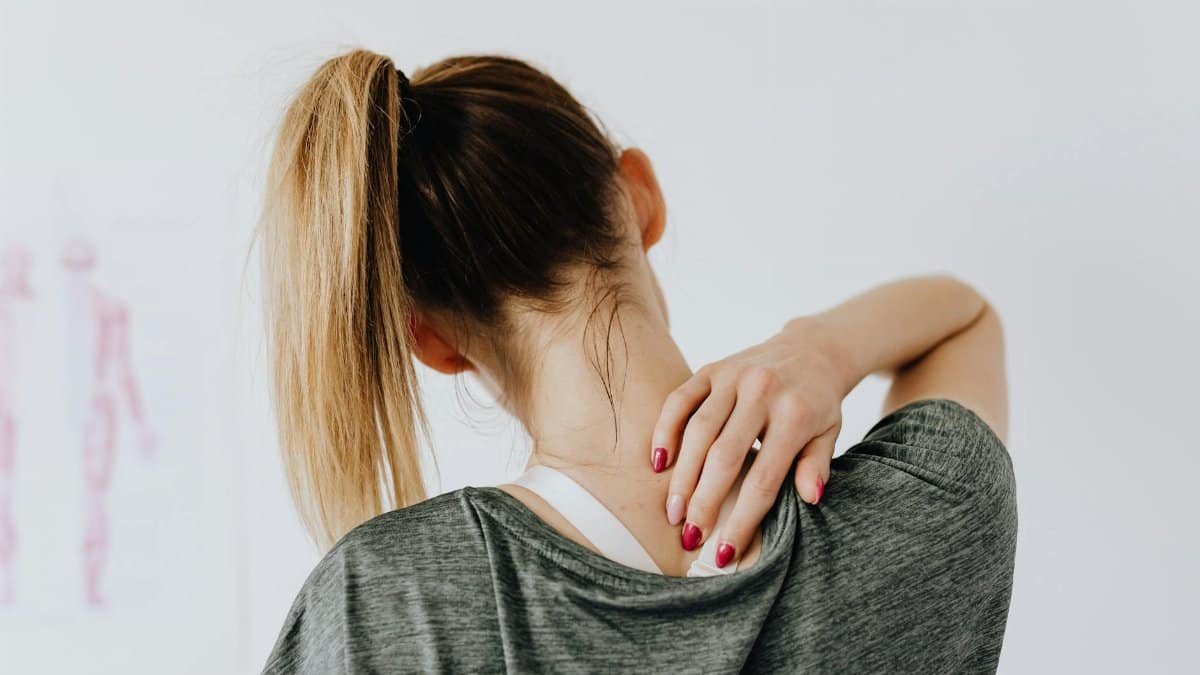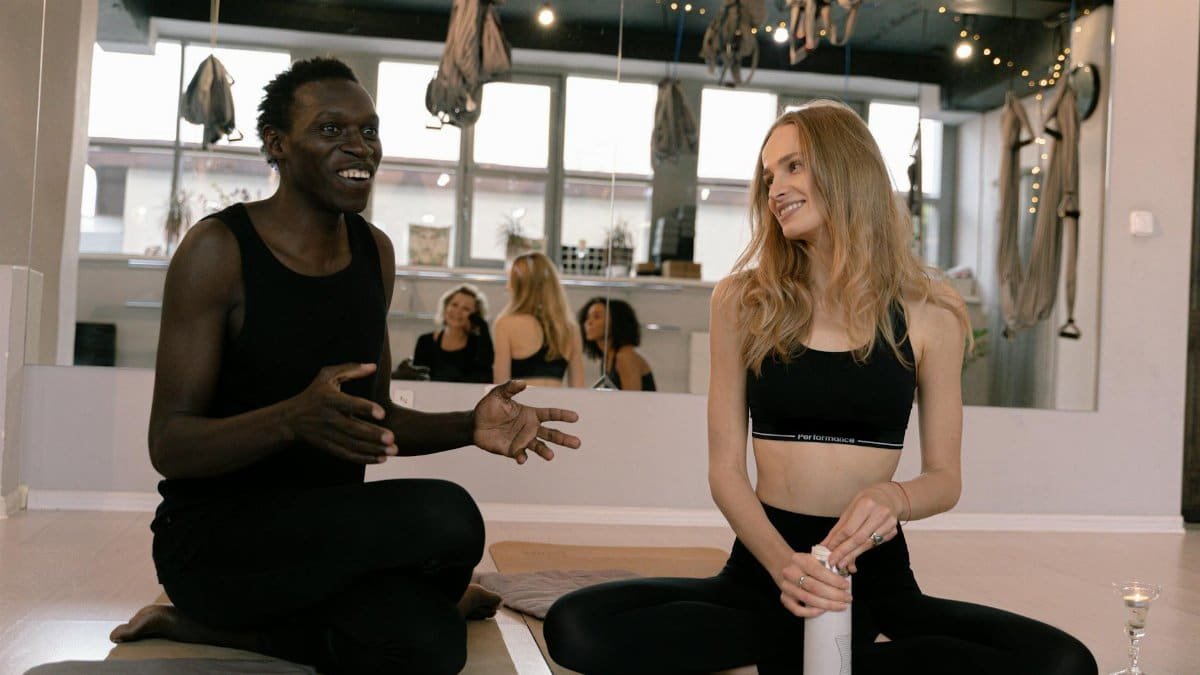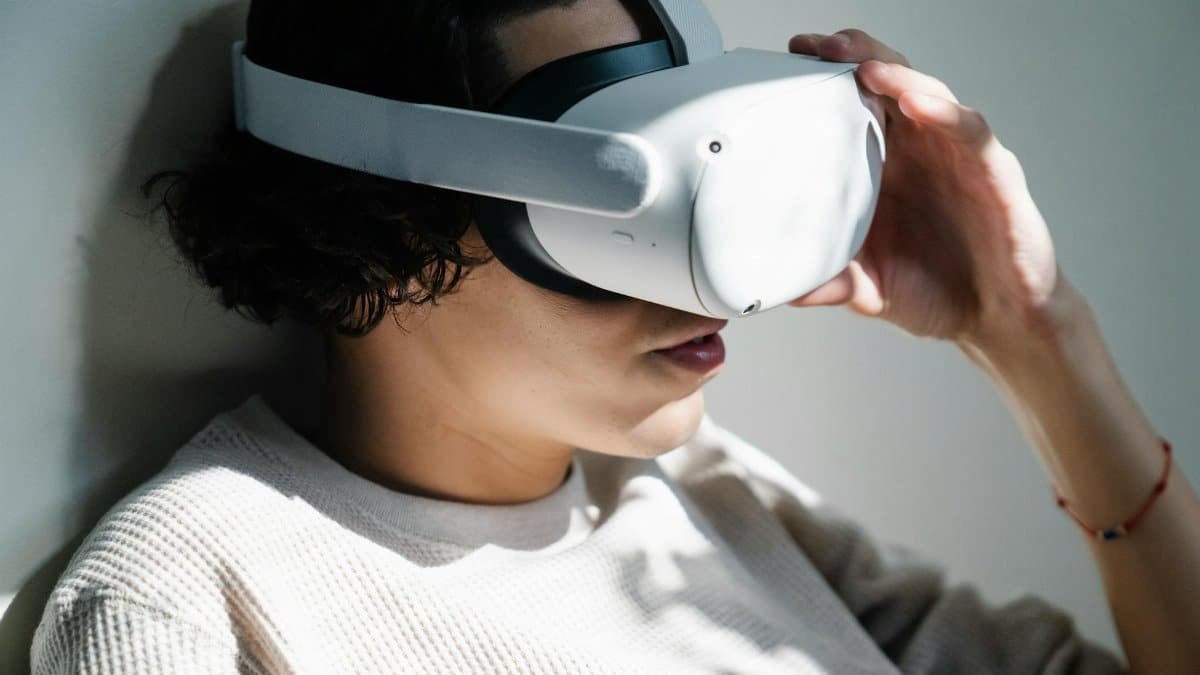A recent study from the National Institutes of Health revealed that over 60 percent of adults with chronic joint pain report reduced stiffness after incorporating virtual reality-based exercises into their routines, a jump from just 25 percent a decade ago. This surge highlights a growing interest in innovative tools for managing discomfort without heavy reliance on medication. Enter the vr yin study, which examines how gentle, immersive yoga sessions delivered through headsets can target deep connective tissues, promoting flexibility and relief. Researchers are finding that these virtual classes, blending ancient yin yoga principles with cutting-edge technology, offer a low-impact way for those with limited mobility to engage in restorative practices. As more Americans grapple with arthritis and similar conditions in midlife, this approach is gaining traction, promising a blend of mindfulness and modern convenience that could reshape daily wellness habits.
The Roots of Yin Yoga Meet Virtual Innovation

Yin yoga, with its emphasis on long-held poses and deep stretches, has long appealed to those seeking calm amid life’s chaos. Originating from Taoist traditions, it focuses on the body’s fascia and meridians, encouraging a meditative state that contrasts with more dynamic forms like vinyasa. Now, imagine slipping on a headset and stepping into a serene digital forest, where guided voices lead you through these poses without leaving your living room. This fusion is at the heart of vr yin study efforts, where technology amplifies accessibility. One participant, in an anonymized account shared publicly, described the experience as transformative: feeling the virtual mist on their skin while easing into a forward fold, something their joints hadn’t allowed in years. Such stories underscore how VR removes barriers like travel or crowded studios, making yin practice feasible for homebound individuals.
Experts note that traditional yin classes can intimidate beginners with joint issues, but VR versions adapt seamlessly. A session might last 45 minutes, with poses held for three to five minutes, all customizable via apps. This isn’t just novelty; it’s grounded in real adaptations. Transitions between poses feel fluid in a virtual space, where gravity seems gentler, or at least more controllable. Yet, there’s a tension here: while immersion enhances focus, some worry about over-reliance on screens disconnecting users from their physical bodies. Still, for many, it’s a gateway, not a replacement.
Decoding the Science Behind VR for Pain Relief

Dive into the mechanics, and you’ll find vr yin study drawing on neuroscience. Virtual reality distracts the brain from pain signals by engaging multiple senses, a concept supported by research on immersive environments. For instance, a controlled trial showed participants experiencing less discomfort during yin poses when surrounded by calming virtual landscapes. Pain, after all, is as much perceptual as physical. Short bursts of data from wearables track heart rates, revealing drops in stress markers during sessions.
Consider a middle-aged woman in Chicago, her knees aching from years of office work. She starts a VR yin class, the headset transporting her to a quiet beach at sunset. As she settles into a dragon pose, the guided narration reminds her to breathe deeply. Minutes later, her reported pain level dips. This isn’t anecdotal fluff; it’s echoed in findings from institutions like Stanford, where similar protocols have been tested. But complexities arise: not all users respond equally, with factors like age and prior yoga experience influencing outcomes. One section of a broader study highlighted variability, urging personalized approaches.
To bolster this, look at evidence from the National Center for Biotechnology Information, which details VR’s role in chronic pain management.
Who Stands to Benefit Most from These Classes?

Joint pain doesn’t discriminate, but certain groups see outsized gains from vr yin study applications. Adults over 50, often dealing with osteoarthritis, find the slow pace ideal for avoiding strain. A man in his sixties, battling hip stiffness, might recount how virtual sessions rebuilt his confidence in movement. He recalls the first time: the headset on, a soft voice cueing a butterfly pose, and suddenly, a looseness he hadn’t felt in months. This demographic, per surveys, reports higher satisfaction rates, perhaps because VR mitigates isolation too.
Women navigating menopause-related aches form another key cohort. Hormonal shifts exacerbate joint issues, and yin’s focus on relaxation dovetails with stress reduction needs. Yet, it’s not one-size-fits-all. Younger users with sports injuries might prefer faster modalities, highlighting a niche for yin in recovery phases. Broader trends show urban dwellers, squeezed for time, embracing VR to fit wellness into packed schedules. Questions linger, though: does long-term use foster dependency, or build lasting habits? Early data leans positive, with many transitioning to in-person classes post-VR initiation.
Challenges and Hurdles in Adoption

Not everything about vr yin study is seamless. Cost remains a barrier; quality headsets run hundreds of dollars, though budget options emerge. Setup can daunt tech novices, leading to frustration before benefits kick in. Picture an eager user fumbling with apps, only to encounter glitches mid-pose. Such hiccups appear in online discussions, where one account lamented a session cut short by connectivity woes, turning potential relief into added stress.
Accessibility extends beyond finances. Those with motion sickness find VR disorienting, a side effect noted in several trials. Instructors must adapt, perhaps shortening immersions or incorporating breaks. Then there’s the digital divide: rural areas with spotty internet struggle, underscoring equity issues. Despite these, proponents argue the pros outweigh cons, especially as apps evolve. A report from the Pew Research Center on tech adoption highlights growing familiarity among older adults, paving the way for broader uptake.
Navigating these challenges requires community support, like virtual forums where users share tips. It’s a reminder that technology, while promising, demands thoughtful integration.
Practical Tips for Starting Your Own VR Yin Journey

Ready to try? Begin with basics: select a reliable headset, such as Oculus Quest models, known for user-friendly interfaces. Apps like those from Yoga International offer yin-specific content, often with free trials. Set up in a quiet space, ensuring room to move without obstacles. Start small, maybe 20-minute sessions thrice weekly, to build tolerance.
Customization is key. Adjust virtual environments to suit moods—perhaps a mountain vista for grounding. Pair with props like bolsters for support, mirroring studio setups. Track progress in a journal: note pain levels pre- and post-session. One beginner shared how this ritual turned sporadic attempts into a routine, easing morning stiffness over weeks. Remember, consistency trumps intensity in yin. For evidence-based guidance, consult resources from the Arthritis Foundation, which endorses yoga for joint health.
Mix in variety: alternate VR with gentle walks to avoid screen fatigue. Listen to your body; if a pose aggravates, modify immediately.
Real-World Impacts and Broader Implications

Beyond individual relief, vr yin study points to systemic shifts in healthcare. Clinics are piloting VR programs for pain management, reducing opioid dependencies. A hospital in New York integrated such classes, with patients reporting 30 percent less pain medication use. This aligns with national pushes for non-pharmacological interventions, especially amid aging populations.
Socially, it fosters connections. Virtual group sessions simulate community, combating loneliness. Imagine retirees across states joining a live yin class, chatting post-pose via avatars. Yet, ethical questions surface: data privacy in health apps, or the risk of commodifying mindfulness. As 2025 unfolds, trends suggest wider insurance coverage for VR wellness tools, democratizing access. Insights from the Centers for Disease Control and Prevention on arthritis prevalence underscore the urgency.
Ultimately, these classes represent hope, blending tradition with tech to redefine aging gracefully.
Looking Ahead: Evolving Research and Possibilities

Ongoing vr yin study continues to refine approaches. Upcoming trials explore biofeedback integration, where headsets adjust poses based on real-time vitals. This could personalize experiences further, addressing individual pain thresholds. Collaborations between tech firms and yogis are yielding hybrid models, potentially expanding to other conditions like fibromyalgia.
Critics caution against hype, but optimism persists. A researcher might observe: the data is preliminary, yet promising. For middle-aged readers, this means proactive tools at hand. As virtual worlds grow sophisticated, yin’s essence—patience, depth—remains the core draw. It’s a narrative of adaptation, where ancient wisdom meets modern needs, offering relief one virtual breath at a time.
